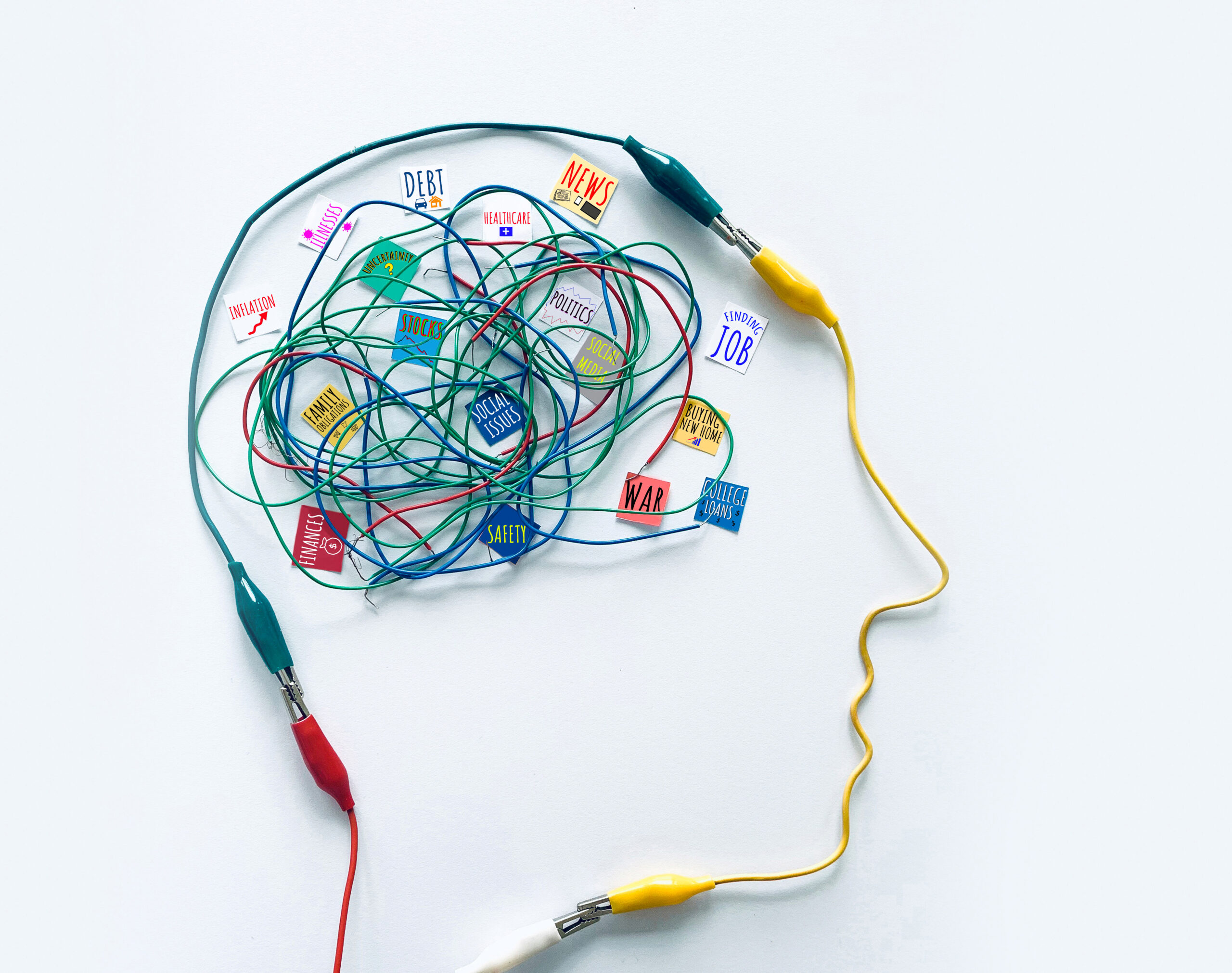The global pandemic made two things very clear.
First, we have jumped headlong into transforming our global society into a digital dominant culture.
Second, we are utterly unprepared to live as digital citizens because we lack the most fundamental ingredient needed to coalesce society – we lack the technology capacity to create digital trust.
This trust gap broke the world because, for years, scant attention was paid to how do we inject trust indicators and signals into our digital lives with the efficiency we can as humans in the real world.
The gap meant we adopted tech platforms without any forethought to what we were giving up to tech titans for creating our digital souls in the digital world they owned:
- We use platforms to connect us to new content but we can’t vet sources of content that may be connected with hate and fake content
- We know how to trust paper money but we don’t have any understanding of how to trust digital currency from Defi (Decentralized Finance) and Bitcoin to digital wallets
- We understand that face to face interactions, like what we experience at conferences, give us important trust signals but we don’t know how to recreate those trust signals in virtual events
- We are able to assess risks in the real world when it comes to social interactions but digital social networks offer scant safety protocols exposing women and minorities to extreme risk
Simply put, our tech titans failed us by failing to apply as much tech brilliance to the technical expression of trust in their platforms as they did in pursuit of profits. Drilling down to advertising tech platforms, they never bothered to translate the critical trust dynamics needed for successful advertising into a technology trust layer. Instead, they used technology to pursue profits with unabashed efficiency:
- Data advertising companies pulled off the greatest data heist by hoovering up prodigious amount of personal data with no attention paid to where that data ends up (ala Cambridge Analytica fiasco)
- Social media companies created social media environments where harassment and hate are regular features because, as Cindy Gallop rightly notes, the CEO and engineers who created these networks are rarely the target of the harassment so they didn’t bother to think about those real-world vulnerabilities
- AI driven media companies created an ecosystem that thrives on targeting “fake” cohort groups dressed up as real people knowing there is no real way to authenticate real people despite all the tech companies claiming to do so
- Traffic verification firms profit by scoring lots and lots of impressions – real or fake – but advertisers are reduced to figuring out which platform detects more fraud versus another – a pathetic low bar
- Ad platforms sell “scale” media buys which knowingly fake “impressions” to ensure high ad revenue
This trust gap has disrupted our smooth transition into digital citizens.
It left us bereft of the most basic trust requirements of a digital society where “Judy Consumer” actively can assess the trust credentials of digital content, people and firms in real time, on her terms.
“Judy Consumer” knows how to calibrate trust in the real world so she knows to trust her banker with her finances but not cure her child of a cough. Unfortunately, today, “Judy Consumer” is a passive actor in her digital interactions because she is utterly dependent on all sorts of sites to haphazardly mete out their version of “trust credentials” if they bother at all.
This trust gap is directly linked back to the systemic trust decline Americans have in their institutions, their politicians and the corporations that employ our families and friends. A culture bereft of shared truths is vulnerable to collapse. This is why the digital trust gap broke the world.
How do we close the Trust Gap?
The chief dynamic to begin to close the gap is to reverse the current “push” trust model where sites decide how site visitors establish trust to a new “pull” model where “Judy Consumer” will be have powerful tools to create trust in the online world. She is not waiting anymore for the industry to close the trust gap. She is not satisfied anymore for sites dictate to her what her personal trust needs are but she quietly going about the business of creating her own personalized trust web:
- She uses consumer product reviews as a way to assess which products to buy
- She is starting to leave the “big” social networks recognizing she has been productized much to her shock
- She is using ad blockers to limit the cookie targeting harassment
- She is starting to pay for online content again recognizing that quality content needs financial support so she can trust the content
And that’s just the beginning. These glimmerings represent a new confidence on the part of “Judy Consumer” to take trust into her own hands. Imagine, then, for a moment if technology companies gave her more tools in her effort to create her own Trust Web. Then she could …
- New semantic search to drive more trusted and relevant searches
- Smart ad blockers that is under her control so she gets ads relevant to her in the moment and she can stop those ads too when she is not interested
- Tools to leverage the intelligence of her own digital networks to provide a diversity of trusted opinions
- Vet the identity of people within social networks trying to contact her or her family
This is power of trust in the digital world. If we evolve our understanding of trust as the building block for our digital future, then it allows us to imagine how today’s Internet can be can be displaced by a new vision of an open, trusted Internet allowing global, communal conversation.
With digital trust, we can embrace all that digital world can offer and we can begin to heal the digital world. This is a goal every “Judy Consumer” would gladly embrace.





